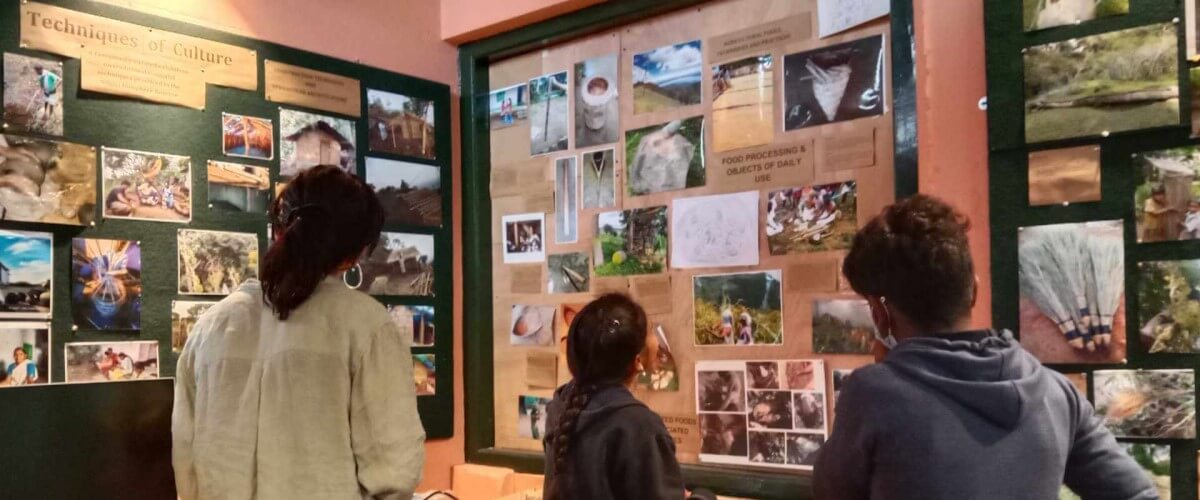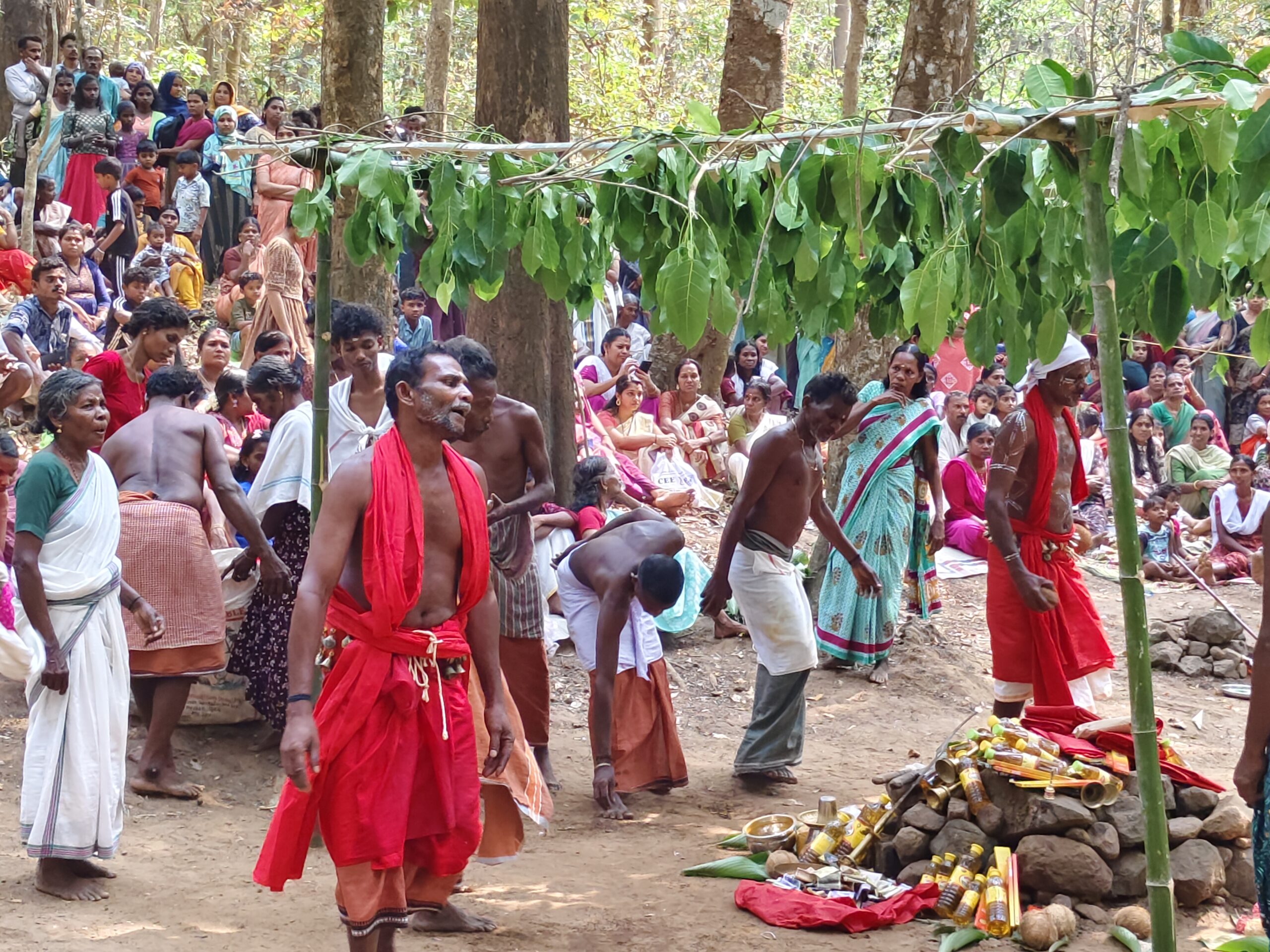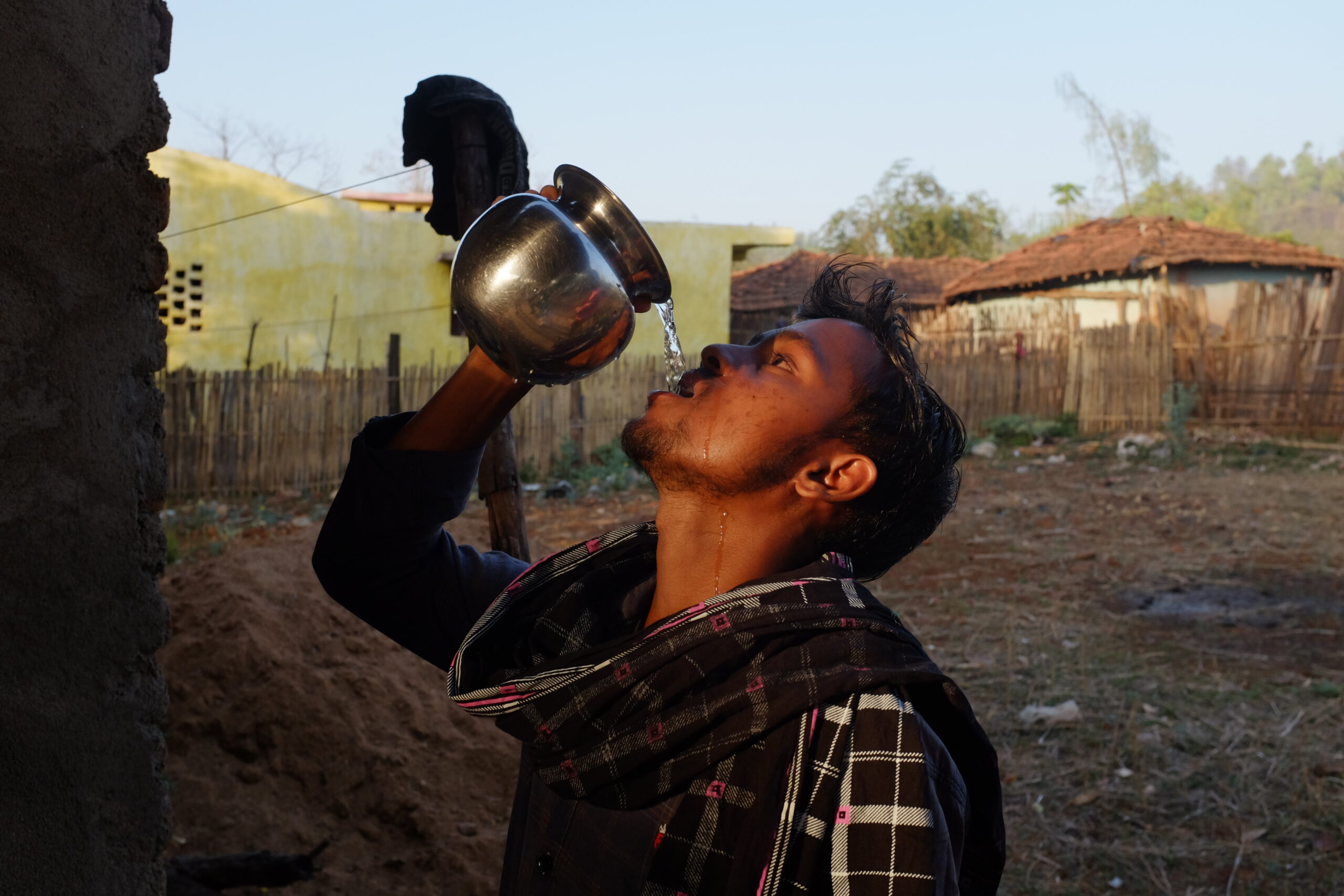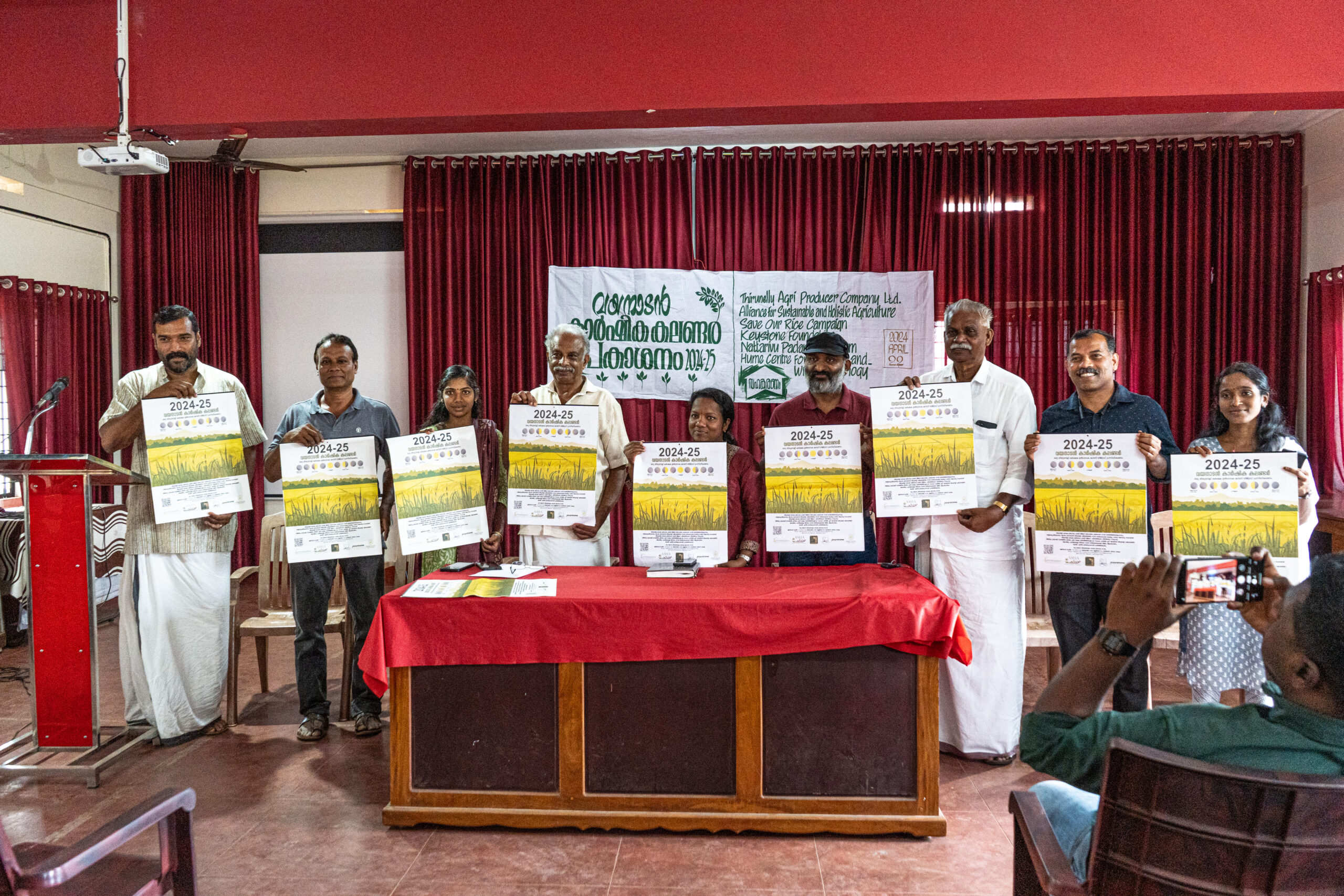While week 3 of the NFLC program focused mainly on gender, the week kicked off with a the NBR bus ride, a field trip to Satyamangalam Tiger Reserve. On this field trip, students visited a museum, an Elephant training center, and a Kota village.
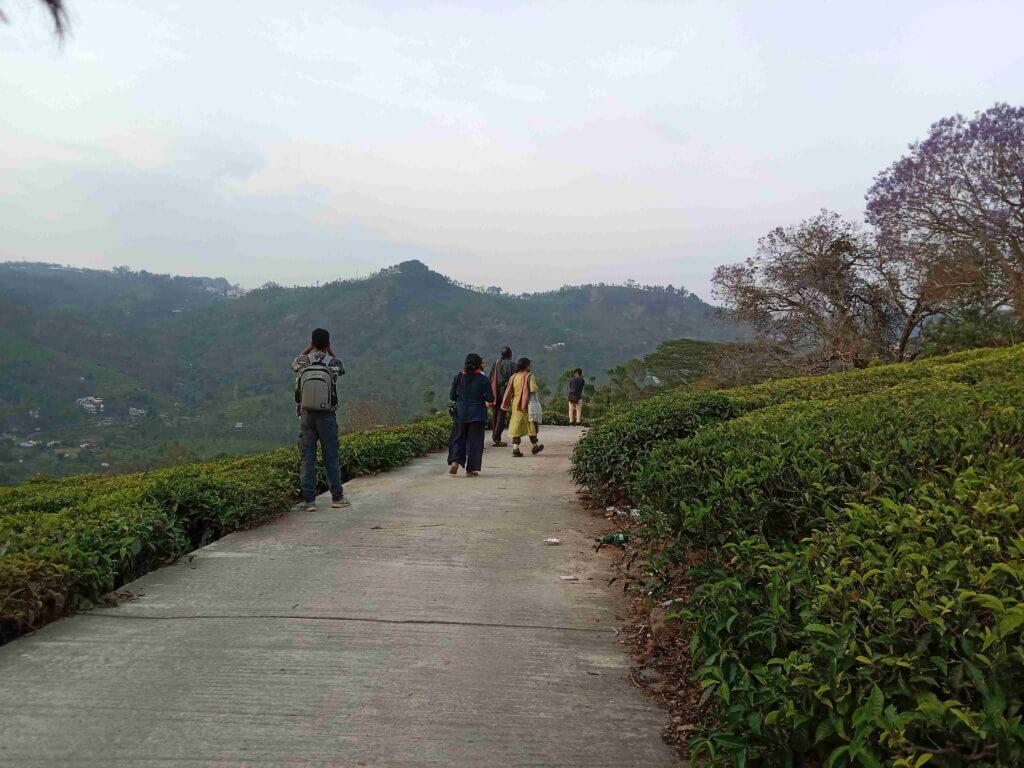
The first day of studying and discussing gender commenced with a discussion on ‘Gender and Culture’ and what it means to ‘do’ gender. Students first brainstormed the differences they had encountered/ witnessed in which women and men experienced a situation differently. This discussion brought up topics of safety (in terms of going places at night, wearing certain clothes, etc.), responsibilities (cooking, raising children, hunting, death rituals), etc.
In this class, the three topics of sex, sex categorization, and gender were explained. These concepts were especially challenging to translate in a way that effectively differentiated between sex and gender. For instance, in English, there are two different words for female and woman, but in Tamil, the word ‘pengal’ is used for both female and woman. To aid the explanation and discussion, examples and stories were told to create a discourse about being a ’woman’ versus being a ‘female’.
The next session was about field research and discussing the nuances of the art of fieldwork in preparation for their own research, and to understand where the information used today comes from. Students learned about and discussed different interviewing methods, and crucial steps to be taken before research such as prior and informed consent, becoming aware of one’s own biases, and making sure that the time of research is suitable for both parties. It’s important to find a time that works for the interviewees so that research isn’t intrusive, as well as to think of reciprocity and ways that your research could give back to communities.
Students rounded the day off with a very interesting and visual exercise called a ‘gender walk’. Here both staff and students had an identity reflecting an individual with different backgrounds and opportunities, to observe how these barriers impact their place in society. Statements were read out and participants took steps either forwards or backwards if they agreed or disagreed with the statement. This activity illustrated the distances between them in terms of what they get in the world and how gender plays into these opportunities.
The following sessions on gender continued to draw upon the different ways that men and women experienced the forest. Lectures began with Gender and Forests- Communities in Conservation, Access to Forests, and Relocation, and then continued to Storytelling methods and stories from the field. The following CBE was about the different blessings for the boy and girl child and why these variations exist. The concluding remarks about gender week that were discussed in the final debrief were that gender is to be seen as a lens, and something to keep in mind when doing field work.
– Shakuntala Ramnath

